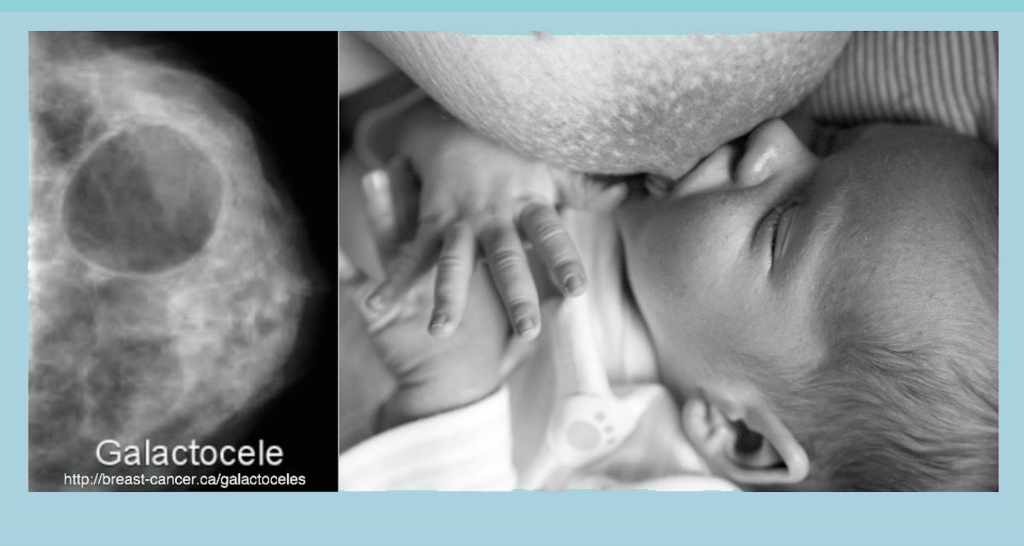
Galactocele: what is it, and how can it affect breastfeeding?
Today, we talk about a common benign condition in breastfeeding: the galactocele. Here is what it is and how it affects breastfeeding. It’s a harmless process that can occur during breastfeeding and that appears as a lump or cyst in the breast.
What is a galactocele, and why does it appear?
A galactocele is the accumulation of breastmilk fat material outside the mammary ducts. It happens when a small cyst forms and stays inside the mammary gland because it has no exit to the nipple.
It varies in size and can appear in any area of the breast.
It can develop during pregnancy, during breastfeeding, or more likely during weaning, as milk is retained and “stagnates” within the mammary ducts. Although it is not very well known, a galactocele is actually the most common benign condition during lactation.
How can it be identified?
To know if a lump in the breast is a galactocele or not, you can check the following:
- The lump does not change in size after breastfeeding
- You don’t have a fever
- You don’t have any red patches on the skin of your breasts
- You don’t feel generally unwell (flu-like symptoms)
- No pain
To make sure that this is a galactocele, it is very important that you always see your gynecologist or healthcare professional who will perform (or refer you to) an ultrasound and/or exploratory mammography.
Can a galactocele affect breastfeeding?
Whether it affects your breastfeeding or not depends on the location of the galactocele.
Suppose the galactocele is located far away from the area of the areola and nipple. In that case, it will not affect the milk flowing out through the ducts and will not cause any inconvenience during breastfeeding. However, if it is located in the nipple/areola area, it may hinder milk ejection and slow down the flow, which may disturb your baby.
Other than depending on the location, having a galactocele does not affect breastfeeding in any other way. A galactocele is not dangerous, although it can be uncomfortable.
I have a galactocele; what should I do now?
If the galactocele is large, located in the front part of your breast, and also compromises milk flow through the nipple, your gynecologist will perform a needle puncture guided by ultrasound to remove the accumulated lipid material. But you should know that sometimes they can fill up again and need to be re-punctured.
If, on the other hand, it does not compromise breastfeeding, you can wait until the end of lactation to remove it or let it disappear by itself.